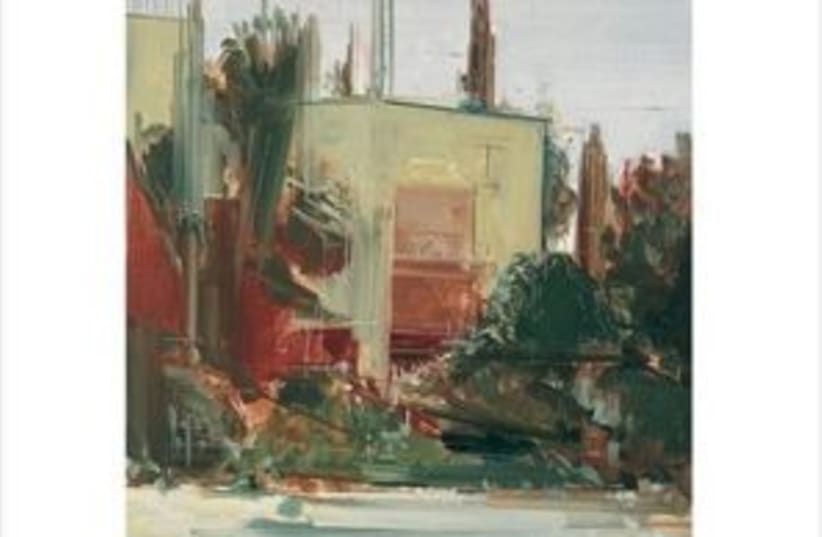| More about: | Jerusalem, Aharon Appelfeld, German Colony, Jerusalem, Tel Aviv |
Drawing from Jerusalem
Revisiting Appelfeld's 'A Table for One' from the artist's perspective sheds new light.


| More about: | Jerusalem, Aharon Appelfeld, German Colony, Jerusalem, Tel Aviv |